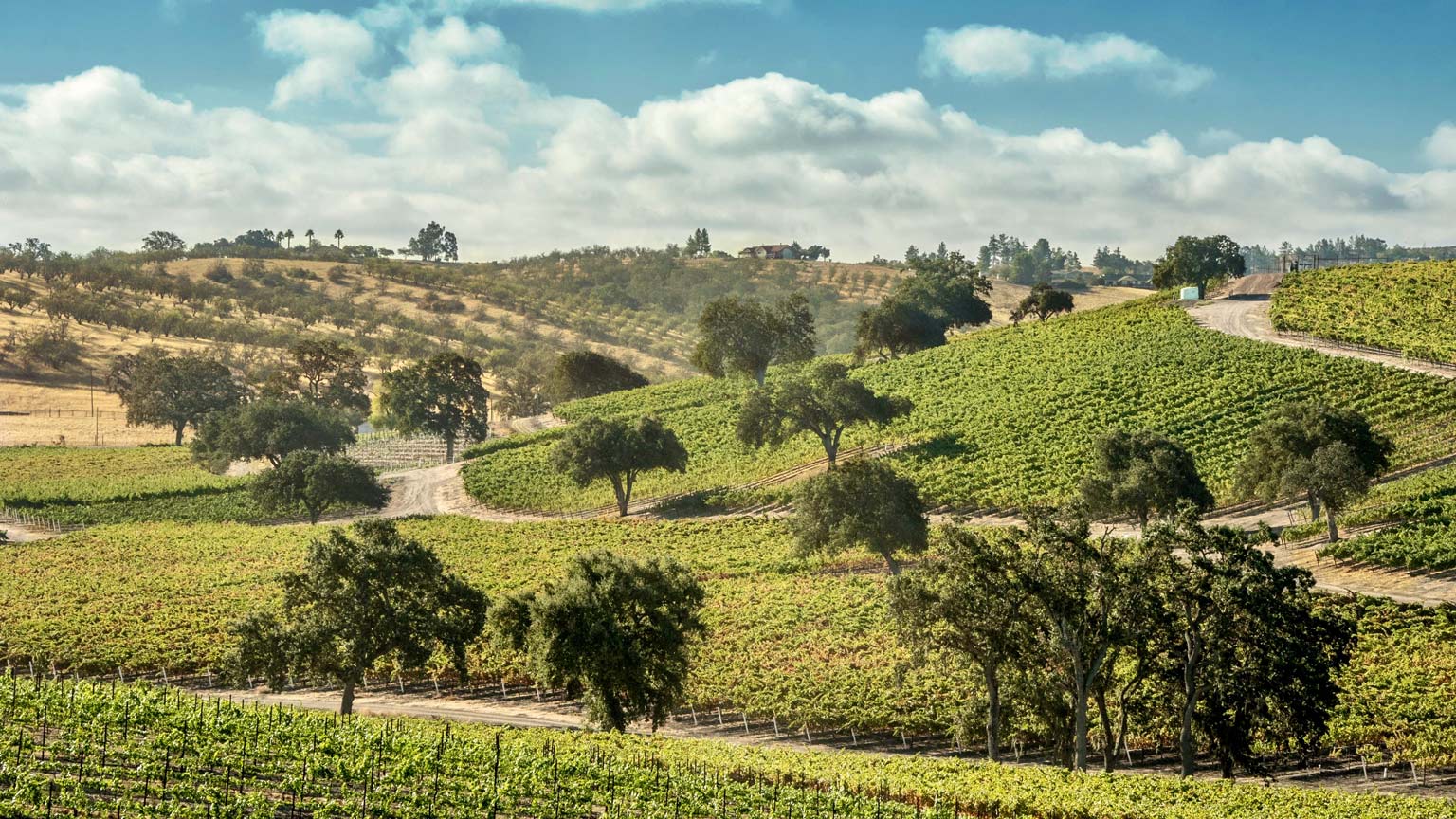Nose
Expressive nose of Bing cherry, raspberry,
fresh red plum, and tea leaf.
Palate
On the palate cherry turns toward strawberry, with a
faint herbal note and a long, crisp finish. Red fruit and spice linger on, with slightly
rustic tannins framing the fresh fruit flavors. An incredibly versatile wine that will
pair with a wide range of cuisine.
Growing Conditions
When our Russian River Vineyard was planted in 1997 by Anne Moller-Racke and Joe
Nugent, 11 acres were planted to Dijon clones 115 and 667. In 2008 we decided to
plant 5 more acres on an adjacent plot, this time to Pommard clone. The idea was that
in these slightly more gravelly soils, the Pommard clone would thrive and produce an
elegant, perfumed wine to play off of the rich, powerful dark fruit flavors produced by
the Dijon clones. We named this block of Pommard clone “Ten Oaks” after the ten
majestic trees that border it on two sides.
Harvest
The 2014 Vintage marked the third year of drought in California as a whole, although in the North Bay
we were fortunate to receive heavy storms in February and March which replenished the soils and ponds.
The season started early and stayed that way, with mild weather in the spring and warm (but not overly
hot) weather through the summer save for a few heat spikes early in June and July which were far
enough from harvest to cause few worries. A late heat spike in early October provided energy for the
last few blocks, and harvest wrapped up shortly thereafter.
The wines are softer than in 2013, and more accessible in their youth. The vintage evoked some
comparisons to 2004, another early year without too many overly hot days. The vintage’s evenness led
to wines that are well balanced with good acidity, so despite showing well young they should also age
well, as we have seen with the 2004s.
Bottling
BOTTLING DATE: January 22, 2016.
Winemaking
A dry, warm winter led to early bud-break, and a fairly warm summer meant that the grapes in our Ten
Oaks block ripened earlier than ever before. Harvest began in August for the first time in many years,
with hand-harvesting on August 26th. The fruit was hand-sorted, and we decided to include about 15%
whole bunches in the fermenter. After cold-soaking for nearly a week, fermentation began
spontaneously, and went rather quickly, lasting just 5 days. Cap manipulation was kept to a minimum,
with just one pump-over per day, and a couple of punchdowns at the very end of fermentation. Tank
must was drained to barrel where malolactic fermentation occurred over the next month or so, and then
the wine rested on its lees for over a year. In January of 2016 the barrels were racked and blended, and
then bottled at the end of the month.







